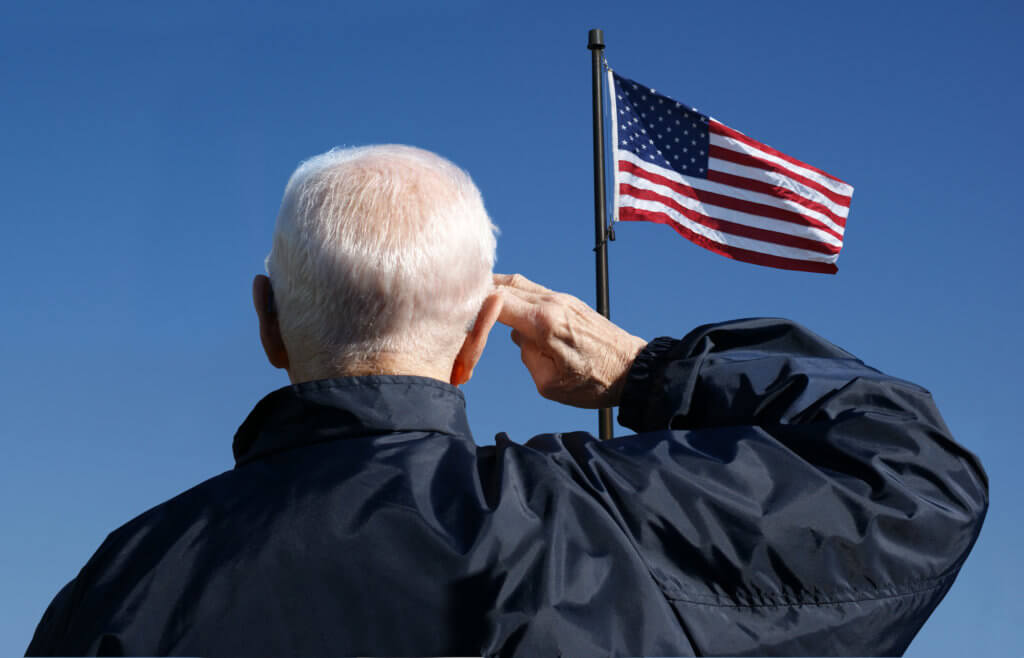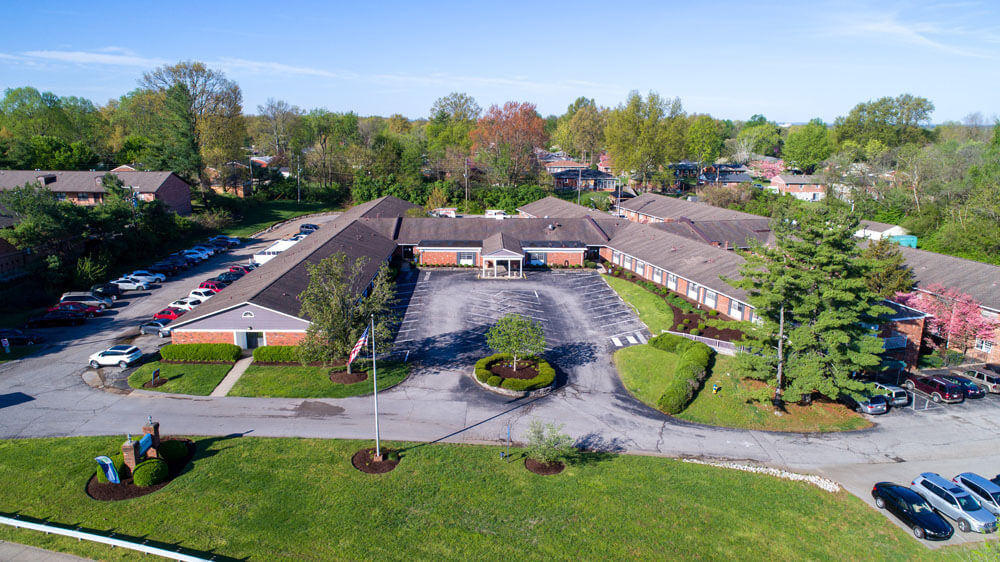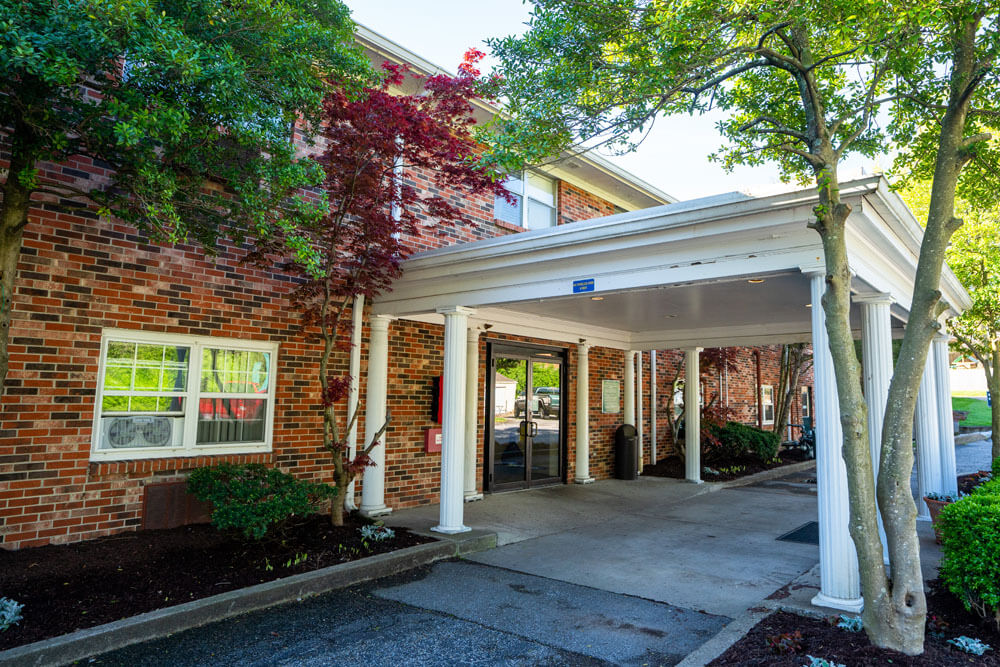
Did you know that people turning 65 today have a 70 percent chance of needing some form of nursing care? Approximately 20 percent of those will need it for five years or longer.
There are some very good reasons for this trend, including extended life expectancy and medical innovations that keep us healthy longer. However, such benefits come with a cost. These are most often covered by insurance or a government assistance program.
For certain former members of the military, this includes the Veteran Aid and Attendance program. Yet not all veterans qualify for the program, and navigating the application process can be quite complex.
This article covers the basics of the Veteran Aid and Attendance program. It lays out qualification criteria and advice on how to file a successful claim. Keep reading to find out how this program can help you or your loved one get the nursing care they need.
What Is Veteran Aid and Attendance?
Veteran Aid and Attendance (A&A) is a tax-free pension administered by the Department of Veterans Affairs. It provides help to eligible elderly veterans and their family members.
A&A exists to help offset the costs of senior care. You can use it for in-home medical or rehabilitation services. It also can supplement assisted living communities and private-pay nursing homes.
Veterans A&A is distributed in monthly payments. Currently, the cap is $1,881 per month for a veteran and $1,209 for a surviving spouse. Couples can receive up to $2,230 per month.
Note that A&A is distinct from military retirement pay. A&A is a specific pension restricted to wartime veterans.
The latter is for almost anyone who has retired from military service and comprises myriad services. These include retirement and permanent disability payments.
What Are the Eligibility Requirements?
Determining eligibility for Veterans A&A is rarely straightforward. There are several tiers to qualification.
Wartime Veteran Requirement
The main condition for qualifying for A&A is that you are a veteran that served at least 90 consecutive days. At least one of those days must have been during a time of war. (Note that it is not a requirement that you served in a combat zone.)
A breakdown of wartime service is as follows:
- World War II: December 7, 1941 – December 31, 1946
- Korean War: June 27, 1950 – January 31, 1955
- Vietnam Conflict:
- February 28, 1961 (for veterans who served in the Republic of Vietnam) or
- August 5, 1964 – May 7, 1975
Age and/or Disability Requirement
Beyond being a “combat veteran,” you also must meet at least one of the following criteria:
- Be 65 years of age or older
- Have a permanent physical or mental disability
- Already receive Supplemental Security Income
- Already receive Social Security Disability Insurance
- Live in a nursing home
Clinical Requirement
Besides military service and age/disability requirements, prospective recipients of A&A benefits must meet certain clinical metrics. These include at least one of the following criteria:
- Be bedridden (except for medical appointments or rehabilitation therapy)
- Have severe visual impairment (defined as less than corrected 5/200 visual acuity or less in both eyes or concentric contraction of the visual field to five degrees or less)
- Reside in a nursing home because you are physically or mentally incapacitated
- Need help with “activities of daily living,” such as bathing, dressing, eating, or using the bathroom
Financial Requirements
Finally, there are some financial requirements for A&A qualification. The first is that you have a net worth of less than $129,094. This includes your assets and income.
There are a few deductions you can make toward this tally. One is your house if you currently live in a nursing home. Another is regular expenses, including medical bills.
Note that the VA implements a three-year look-back period. They can examine if any assets were sold below market value or given away to reduce net worth.
How Do I Apply for Aid and Attendance?
Receiving A&A benefits is not automatic. Eligibility is determined through an application process that is handled by the VA. All the information you need can be obtained online or at the nearest VA Pension Management Center (where you can apply in person).
You will need to complete VA form 21-2680, “Examination for Housebound Status or Permanent Need for Regular Aid and Attendance.” These can be completed by a doctor to ensure accuracy.
To apply, you also will need to provide your Social Security number and VA file number. You will need to be able to prove your history of military service and employment history. The application also will require you to give relevant personal financial and medical information.
If you reside in a senior living facility, the VA may require you to submit accompanying forms, such as 21-0779. This is a request for nursing home information in connection with your A&A claim.
Find Assistance
If you need help navigating the Aid and Attendance qualifications process, there are several options. One is to contact an attorney who specializes in these cases. They will be able to advise you on relevant qualification information and do the work of shepherding your application through the review process.
Also, the VA provides assistance and may assign you a claims agent or Veterans Service Officer. You can requirest one at a Pension Management Center or by contacting them by phone.
Learn More About Veteran Aid and Attendance
Now that you understand the ins and outs of Veteran Aid and Attendance, you can determine if you qualify. Do not hesitate to ask for help if you need it during the application process. Ensuring that the information you submit is current and accurate is the first step toward getting you the assistance you need.
At Exceptional Living Centers, we offer various levels of elderly care for anyone looking for independent living to short or long-term care. Reach out to us today to learn more about our services and to begin the process of finding the perfect community for you.






